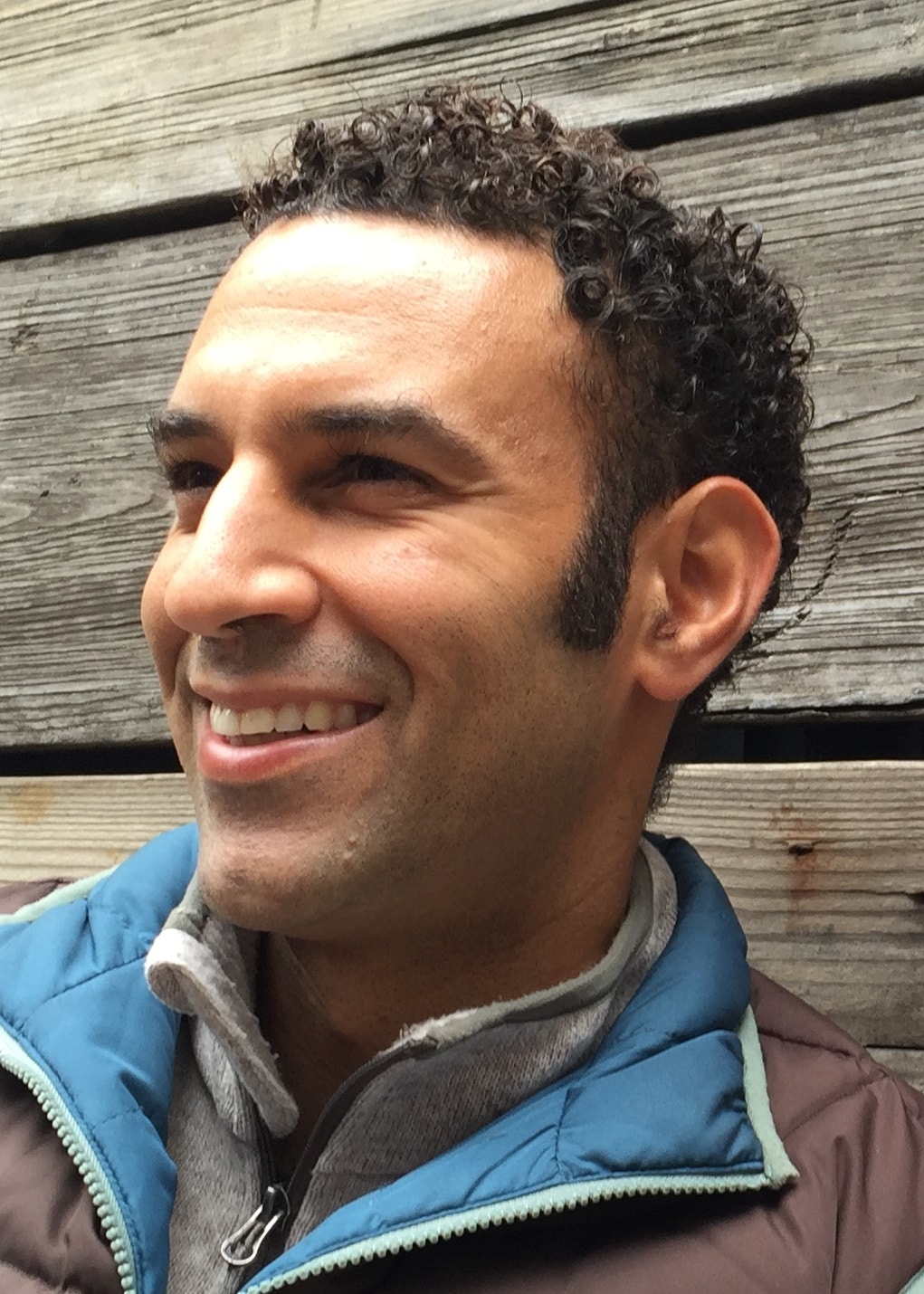Why I Switched to Telehealth
 Dr. Stephen Matta began his medical journey in 2010 when he started his family medicine residency. An avid sports fan, Dr. Matta then decided to pursue a sports medicine fellowship, and eventually ended up working in an urgent care setting.
Dr. Stephen Matta began his medical journey in 2010 when he started his family medicine residency. An avid sports fan, Dr. Matta then decided to pursue a sports medicine fellowship, and eventually ended up working in an urgent care setting.
One day while Dr. Matta was working, the patient he was treating mentioned that she had recently received care from a doctor online. This intrigued Dr. Matta, and he began researching online care and decided to try it out for himself. He soon realized that he found his place in medicine – telehealth.
We recently caught up with Dr. Matta to find out why he adopted telehealth, and what he’s learned from the experience:
What about telehealth interested you the most?
There were two main reasons I was interested in telehealth. One, I am fairly tech savvy and loved the idea of seeing patients online. Second, I have two young children and was looking for a flexible schedule that would allow me to spend more time with my kids. When I learned about telemedicine, I realized this was a way I could see my kids every day and still get to do what I love.
Additionally, in the recent world of medicine, there has been a dire need for a service like telehealth. Telehealth is a unique form of healthcare that can transform the way we receive acute care. There is this misconception that telehealth is trying to replace our already established healthcare practices, but this is not the case. Telemedicine is simply a new dimension of care that can complement existing brick-and-mortar practice.
Was it difficult for you to adjust to seeing patients online?
I love seeing patients in the way that they are looking to be served. I really enjoy being able to care for patients when they most need care. If a patient needs to see a doctor at 8pm on a Saturday night, we are there for them, and other than the ER, no one else does that. Seeing patients via video is not very different from speaking with a patient in person – you’re still face to face, just not in the same room.
Has seeing patients online affected your doctor-patient relationships?
With telehealth, I am spending 90% of my time with patients and that is why most of us got into medicine – to help people. In brick-and-mortar care, it’s easy to get overwhelmed and bogged down with paperwork. Now that I am practicing medicine online, the paperwork is at an all-time low.
Thanks to our follow-up feature, it’s easy to form relationships with patients. It also eliminates the hassle of scheduling a follow-up. We can tell the patient to schedule a follow-up in two weeks and give them our schedule for that week. Then, the patient can log onto the system whenever is best for them– the patient has all of the scheduling power.
How do shifts and scheduling work?
Our scheduling team does a phenomenal job accommodating the doctors’ needs. They want to make the experience just as easy for us as it is for our patients. Shifts get scheduled in four-hour blocks, but you do have some flexibility with scheduling those blocks each week, which is really nice.
Is the technology hard to use?
Speaking to someone through video communications is a part of our daily lives, so I don’t really consider this transition a huge step. The technology itself is very intuitive and easy to use, and everything is in one place. You can see the patient, prescribe medication, and add patient information all from one page.
How does prescribing via telehealth work?
On the platform, you can search for a prescription, enter in in the proper dosage and then electronically and automatically send the script to the patient’s chosen pharmacy.
What was telemedicine training like?
The training made me feel confident in my decision to work in telehealth, and covered everything from how to use the system to best clinical practices for telehealth. It also allowed me to conduct mock visits so I could get comfortable before treating real patients.
Can you get malpractice coverage?
Amwell covers malpractice, which I think is a game changer. Adding telemedicine to your existing malpractice can be difficult, but getting it through Amwell is easy.
What advice do you have for physicians interested in telehealth?
Get used to talking to people via video. This is perhaps the most important part of the service. If we want your patients to be comfortable on the platform, you need to be confident recommending it. There is no substitute for hands-on experience.
What is your biggest takeaway from practicing telehealth?
I didn’t realize how much traveling was affecting my levels of satisfaction and happiness. When I was working in urgent care, days would go by where I wouldn’t even get to see my kids. Now, I get to spend much more time with my family.
Healthcare is meant to be about the patient, but now we can have it both ways. Telehealth saves time and is convenient for patients, but it’s great for doctors, too.


